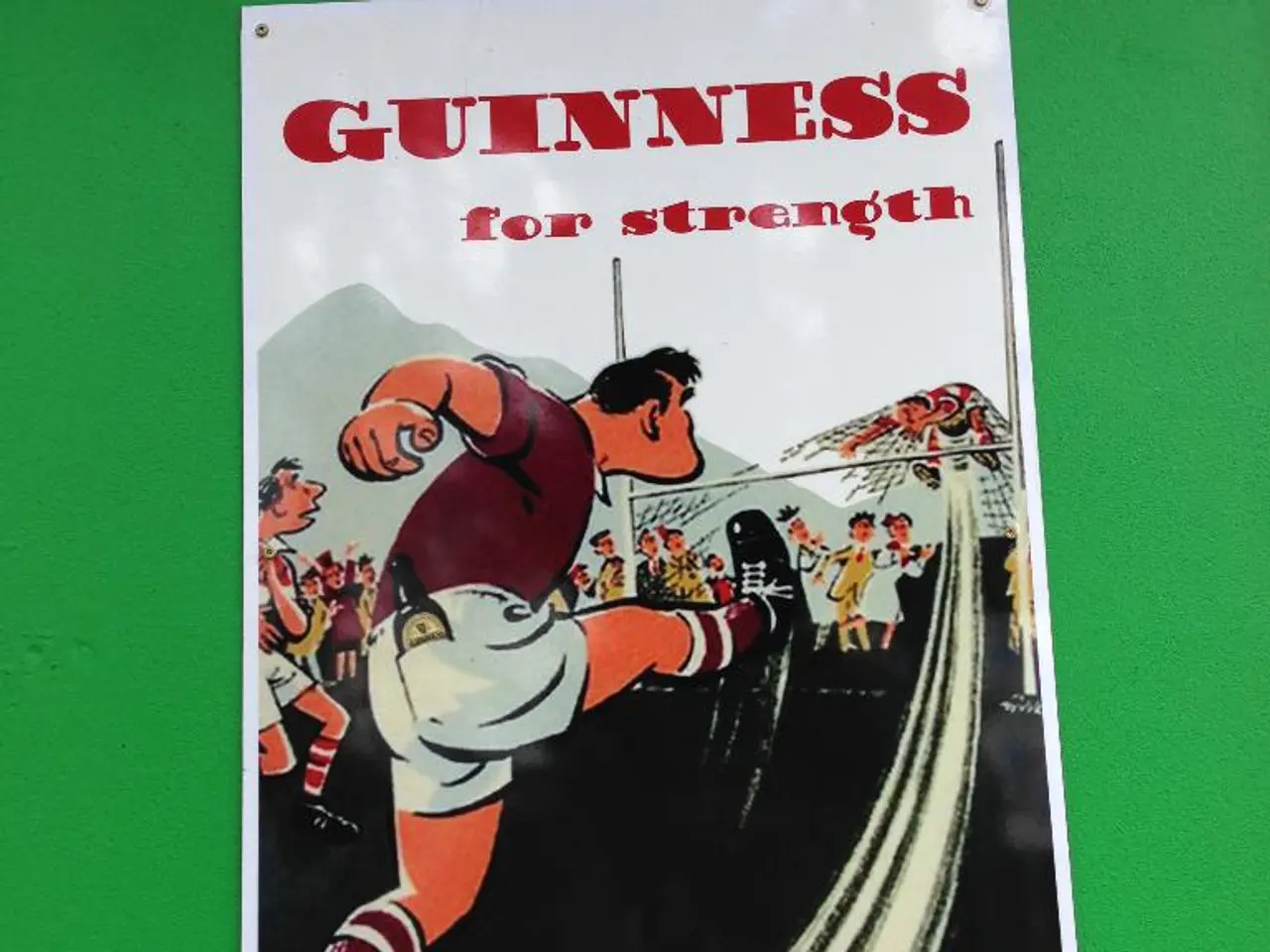Tension at the Limit: Navigating Moderation and Intensity in Critical Moments
In the realm of fiction, high-stakes scenes are heart-pounding moments that captivate readers and leave a lasting impression. These scenes, often characterised by confessions, betrayals, and confrontations, require a delicate balance between extremity and emotional restraint. Here's how to achieve this balance:
## Balancing Extremity
To create high-stakes scenes, it's essential to define what's at stake for your characters. Whether it's their lives, relationships, or long-term goals, clearly showing what is at risk heightens the tension. Escalating tension through time constraints, threats, or unexpected setbacks makes the stakes more pressing.
## Creating Urgency
Using time-sensitive elements like countdowns, deadlines, or limited resources can create a sense of urgency, further heightening both tension and stakes.
## Balancing Emotional Restraint
Instead of telling readers how characters feel, show their emotions through actions, expressions, and internal monologues. This helps maintain emotional restraint while still conveying intensity. Avoid overexplaining or melodramatically describing emotional states. Let the scene speak for itself, allowing readers to infer emotions from context.
## Techniques for Emotional Depth and Restraint
Ensure your characters have clear motivations and goals. This helps readers invest emotionally without needing overly dramatic expressions. Alternate between intense and calmer scenes to give readers a breather and maintain balance. Use a deeper POV to capture characters' inner turmoil without explicit emotional displays. Employ descriptive language to create a tense atmosphere without overwhelming the reader.
## Integrating Humour and Satire
Incorporating satirical or humorous elements, even in grim scenarios, can add balance by providing emotional relief and unexpected depth.
## Example
Consider a scenario where a character is trapped in a ticking bomb situation. To balance extremity and emotional restraint, you might focus on the character's focused actions and thoughts ("How do I defuse this?"), rather than their panic or fear. This approach maintains tension while showing restraint in emotional expression.
By combining these techniques, you can create high-stakes scenes that are both intense and emotionally nuanced. Writing these scenes is not about writing louder, but about writing sharper, with a focus on when to zoom in, when to step back, and when to let a character say nothing at all. Short sentences with tight, rhythmic, specific language can build tension and urgency in high-stakes scenes.
Strong emotion on the page doesn't always require high volume. In fact, the most gutting scenes often use restraint to devastating effect. Some moments demand rawness, but even then, structure and choreography are important for emotional impact. Delayed reactions in a high-stakes scene can create dread and realism, and let the emotion deepen before release.
The art of writing high-stakes scenes lies in finding the perfect balance between what's unleashed and what's held in check. Incorporating exercises like crafting a quiet breakdown, reversing the volume of a scene, and building to a crack can help hone this skill. The key is alignment. The emotion in a high-stakes scene needs to fit or deliberately challenge the moment's gravity.
- News articles can delve into the lives of celebrities, revealing confessions, betrayals, and confrontations that create intrigue and captivate readers, mirroring the high-stakes scenes in fiction.
- In the realm of lifestyle, fashion-and-beauty blogs often showcase makeovers and transformations, utilizing a delicate balance between extremity (drastic changes) and emotional restraint (authentic beauty and self-expression).
- Food-and-drink channels might present cook-off competitions with tight deadlines and limited resources, creating a sense of urgency that heightens excitement for viewers.
- For home-and-garden television shows, turning an outdated space into a beautiful and functional living area within a short timeframe requires careful planning, balance, and emotional restraint, resulting in stunning transformations that inspire viewers.
- In an educational setting, self-development books emphasize techniques for emotional depth and restraint, guiding readers towards a better understanding of their emotions and how to express them effectively in various situations.
- Book clubs can discuss satirical or humorous aspects of books, providing emotional relief and unexpected depth in the midst of weighty topics.
- Entertainment news segments might feature interviews with celebrities, incorporating humor and satire to create balance and provide a more engaging and enjoyable viewing experience.




